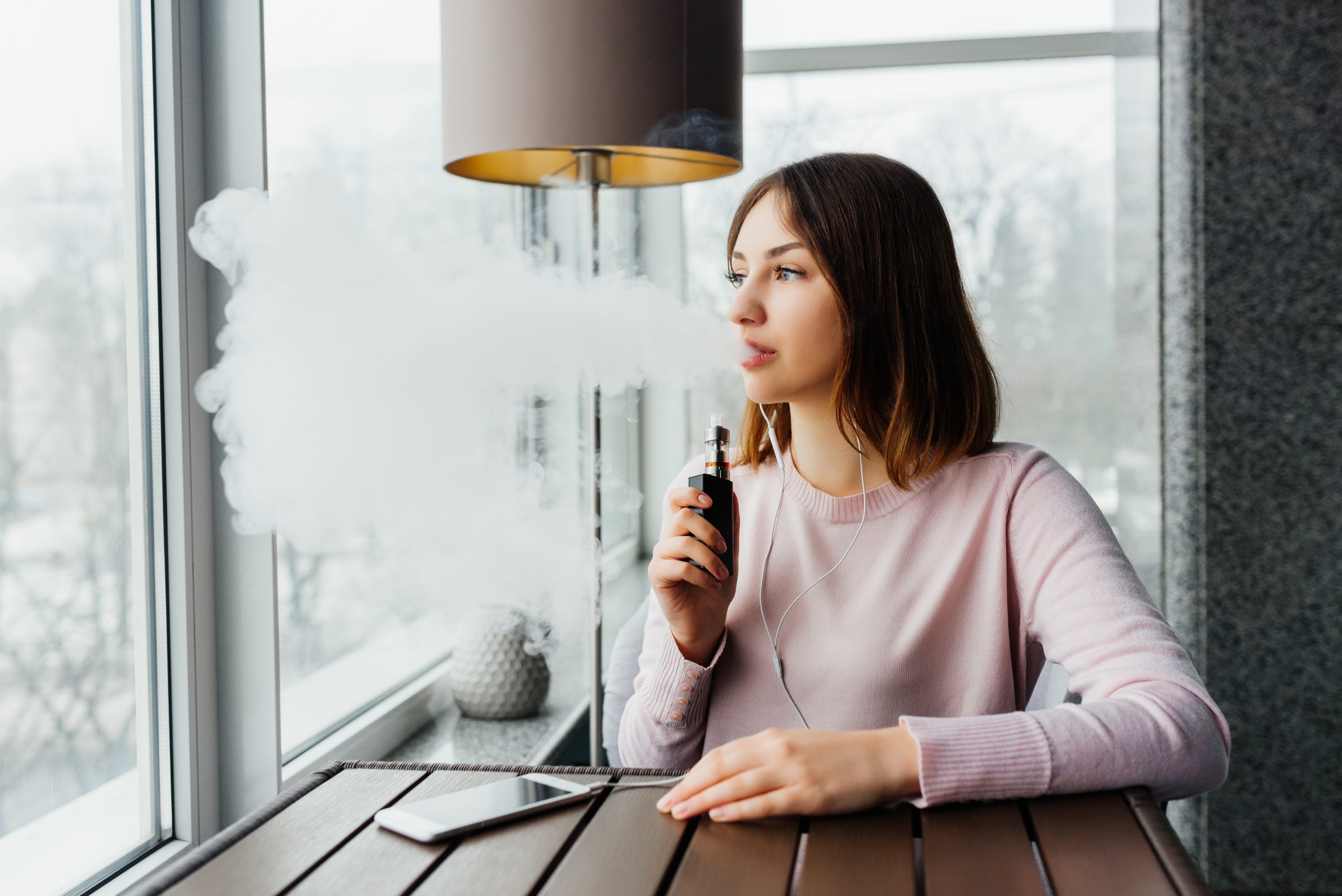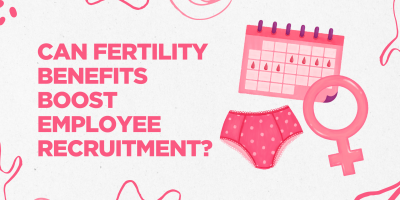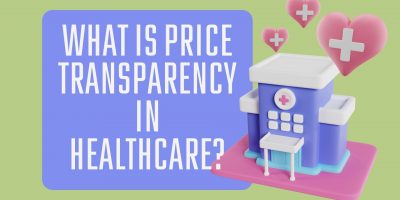
What are Health Advocacy Programs?
In response to the demand for an improved consumer experience, both employers and insurers recognized and addressed the need for health advocacy programs.

The surging popularity of e-cigarettes has reopened the discussion on smoking in the workplace. As it currently stands, the facts overwhelmingly show the adverse effects of tobacco and nicotine on the health of employees and the success of a company.


Browse our curated list of vendors to find the best solution for your needs.
Subscribe to our newsletter for the latest trends, expert tips, and workplace insights!

In response to the demand for an improved consumer experience, both employers and insurers recognized and addressed the need for health advocacy programs.

Explore egg-freezing statistics and trends that offer valuable insights into the dynamic landscape of fertility preservation.

Can fertility benefits become a recruiting and retention magnet in the ever-evolving workplace landscape?

Delve into the importance and challenges of price transparency, exploring its crucial significance for patients, providers, and the overarching healthcare system.
Used by most of the top employee benefits consultants in the US, Shortlister is where you can find, research and select HR and benefits vendors for your clients.
Shortlister helps you reach your ideal prospects. Claim your free account to control your message and receive employer, consultant and health plan leads.